Today, Antarctica is a gigantic chunk of Earth blanketed by an icy-white sheet. But millions of years ago, it was a warm, lush wilderness where wild dinosaurs roamed. Around 34 million years ago, glaciation triggered the freezing of its waters. But just before ice enveloped the entire continent, rivers sculpted a landscape with their flow. Eventually, this landscape got locked under ice and disappeared from the view of human eyes.
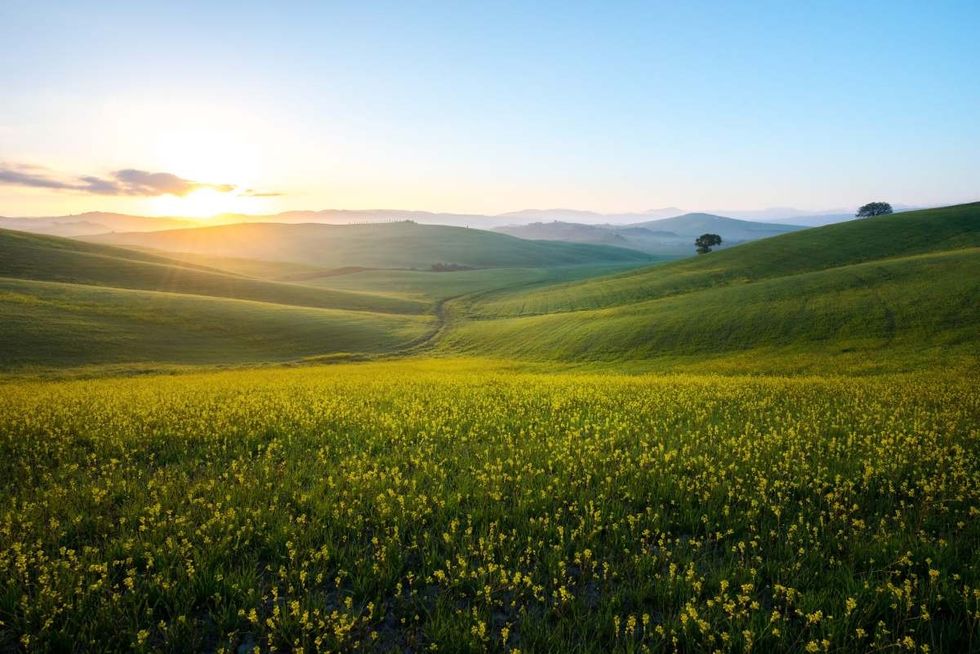
Entombed under ice, the landscape didn’t see the light of the day for what seemed like an eternity. But after so many years, it finally rose to the surface and caught the attention of some curious geographers. In a study published October 2023 in the journal Nature Communications, geographers explain how they unearthed this landscape “frozen in time” using a big-budget technology, reports ABC News. And now it is on the verge of breaking free.
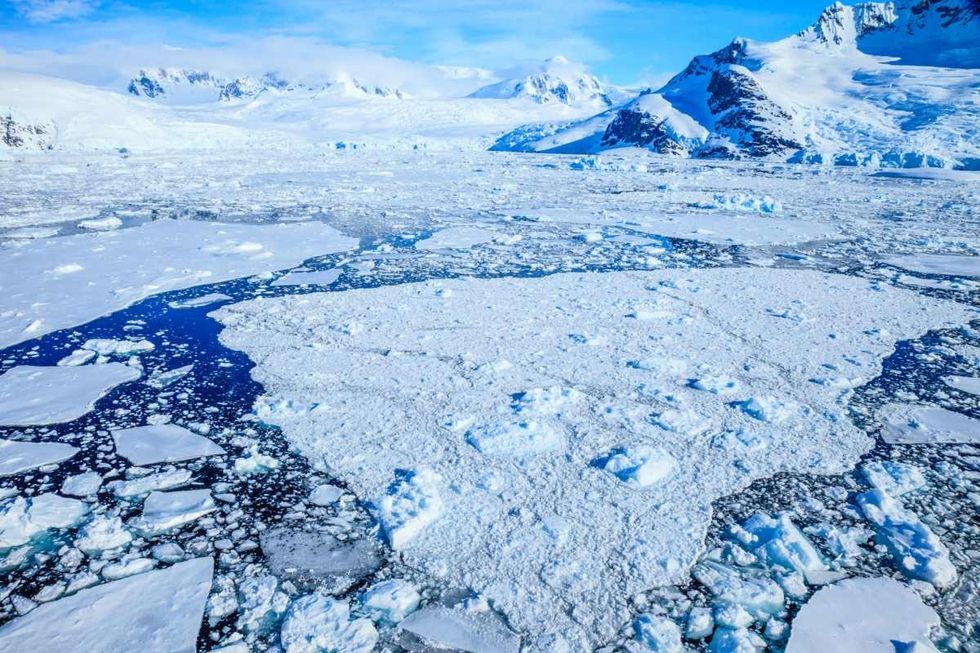
The land beneath the East Antarctic Ice Sheet is the landmass that hasn’t revealed much of its history. Scientists know more about Mars and the Moon than they know about this glassy landmass. That’s why Stewart Jamieson, the lead author of the study, was surprised to find that the mysterious landscape had been hiding in plain sight. Jamieson, a glaciologist at the UK’s Durham University, told CBS News, "It is an undiscovered landscape — no one's laid eyes on it."
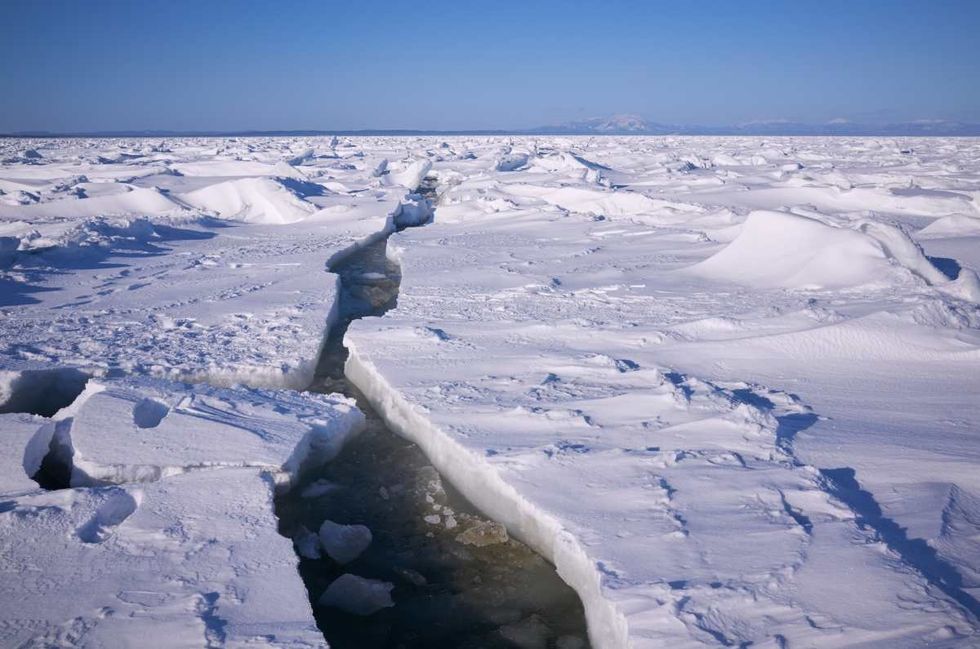
According to ABC News, the landscape was first discovered in 2011, but Jamieson and his fellow researchers wanted to examine it in more detail. The typical method of detecting anomalies beneath the ice is “radio-echo sounding,” in which a plane flying overhead sends radio signals below and then tracks echoes on the surface. But this method wasn’t sufficient to scan a continent like Antarctica that is larger than Europe.
So, they combined the radio-echo-sounding data with existing satellite imagery data to trace out the valleys, bumps, ridges, and troughs stashed beneath the surface of the ice. According to VICE, this data was collected from the Canadian satellite constellation RADARSAT. RADARSAT is a spacecraft designed to detect little anomalies in ice-coated land. For instance, a sprinkle of ancient mountains hiding beneath ice sometimes leaves tiny bumps on the ice that are not spottable from the ground but from space. “The undulating ice surface is a ‘ghost image’ that drapes gently over these spikier features,” Jamieson described to CBS News.
Per ABC News, this data revealed that the area contained "three distinct landscape blocks", ranging between 75 miles long to about 107 miles long. Within these blocks, lay large-sized valleys and V-shaped troughs carved into the Earth by glaciers. Jamieson suggested that these features were etched into the land around 66 million years ago. This area, stretching to 12,000 square miles, was once home to trees, forests, and of course, dinosaurs. But then the ice came along, and it was "frozen in time," Jamieson told CBS News.
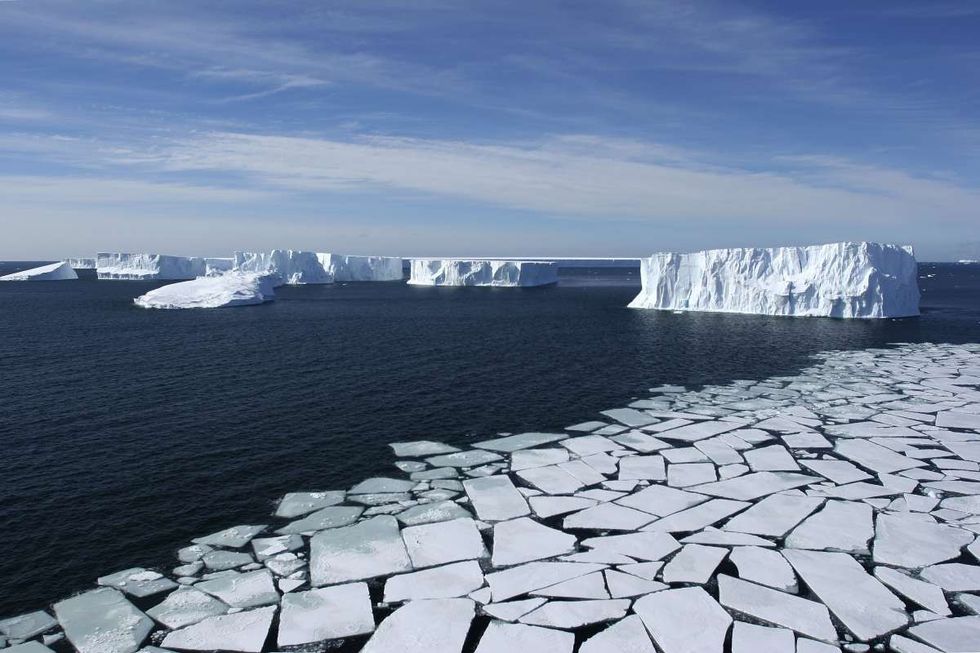
The most remarkable thing about the landscape is that it has remained preserved for millions of years and probably hasn’t melted a bit in the last 14 million years. “Although in a lot of areas, landscapes like this would be scrubbed away by glacial erosion that’s happening underneath the ice sheet, in this particular location, glacial erosion doesn’t seem to be switched on,” Jamieson said, per VICE. “It’s not sliding. It’s not filing off the landscape. It’s just frozen sitting there, like a protective cap.”
Jamieson also noted that accelerating global warming could pose a threat to this newly-discovered landscape. He added that the Earth is now approaching similar warm conditions that existed 14 to 34 million years ago. However, he is not sure about what’s the tipping point of climatic conditions that will trigger a runaway reaction in the ice sheet, causing it to melt away. What was once hushed into quietness under brittle ice is now at the edge of breaking free, once again!





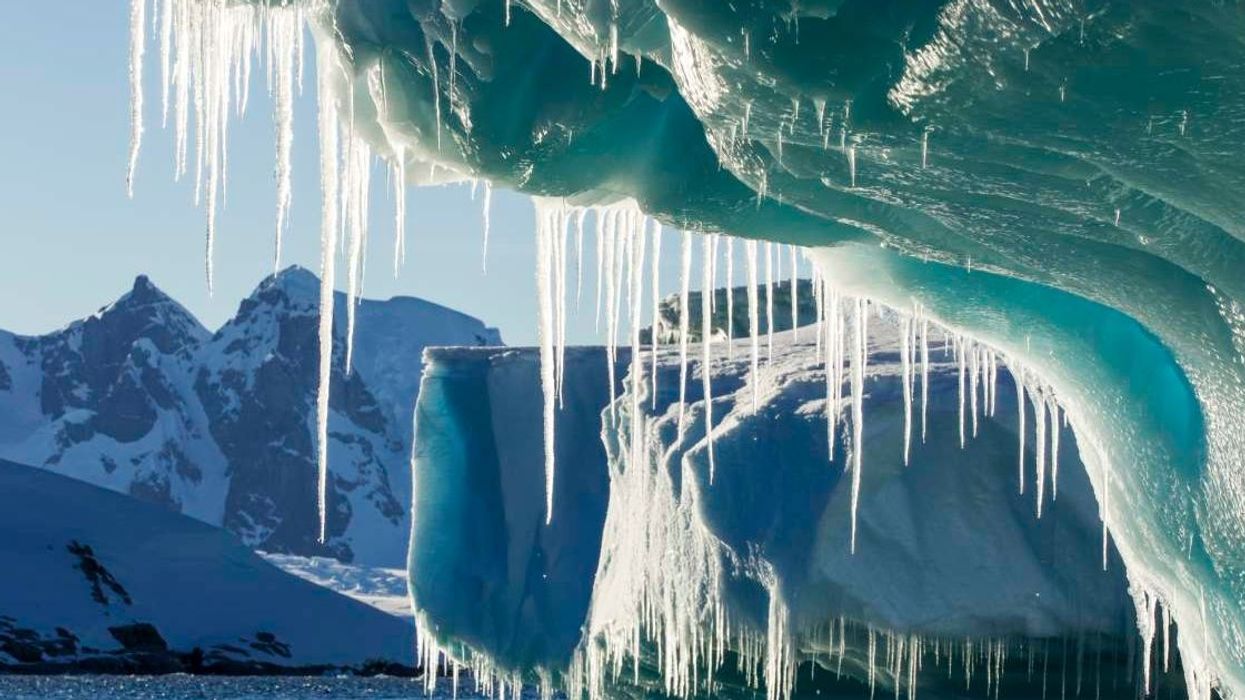











 Representative Image: Accents reveal heritage and history.
Representative Image: Accents reveal heritage and history.  Representative Image: Even unseen you can learn a lot from an accent.
Representative Image: Even unseen you can learn a lot from an accent. 
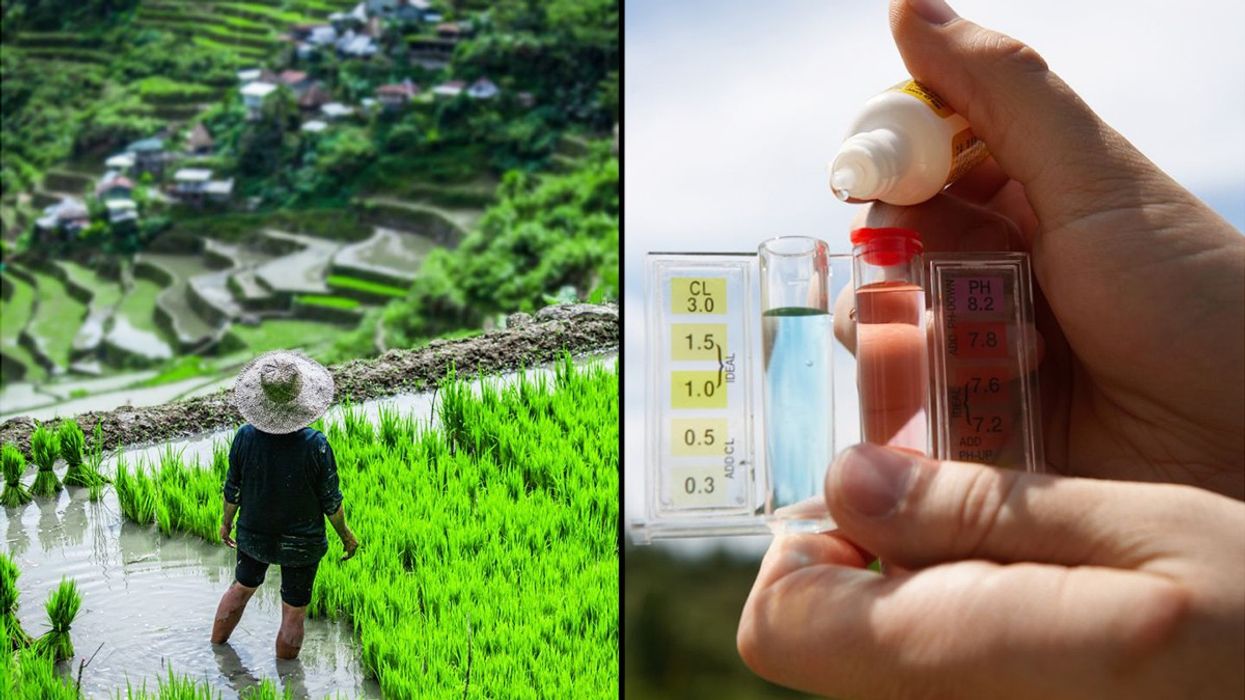
 Rice grain and white rice.Image via
Rice grain and white rice.Image via  Person eats rice.Image via
Person eats rice.Image via  Washing and rinsing rice.
Washing and rinsing rice.  Mother and daughter eating rice meal.Image via
Mother and daughter eating rice meal.Image via 

 Bees feeding on food source.Image via
Bees feeding on food source.Image via 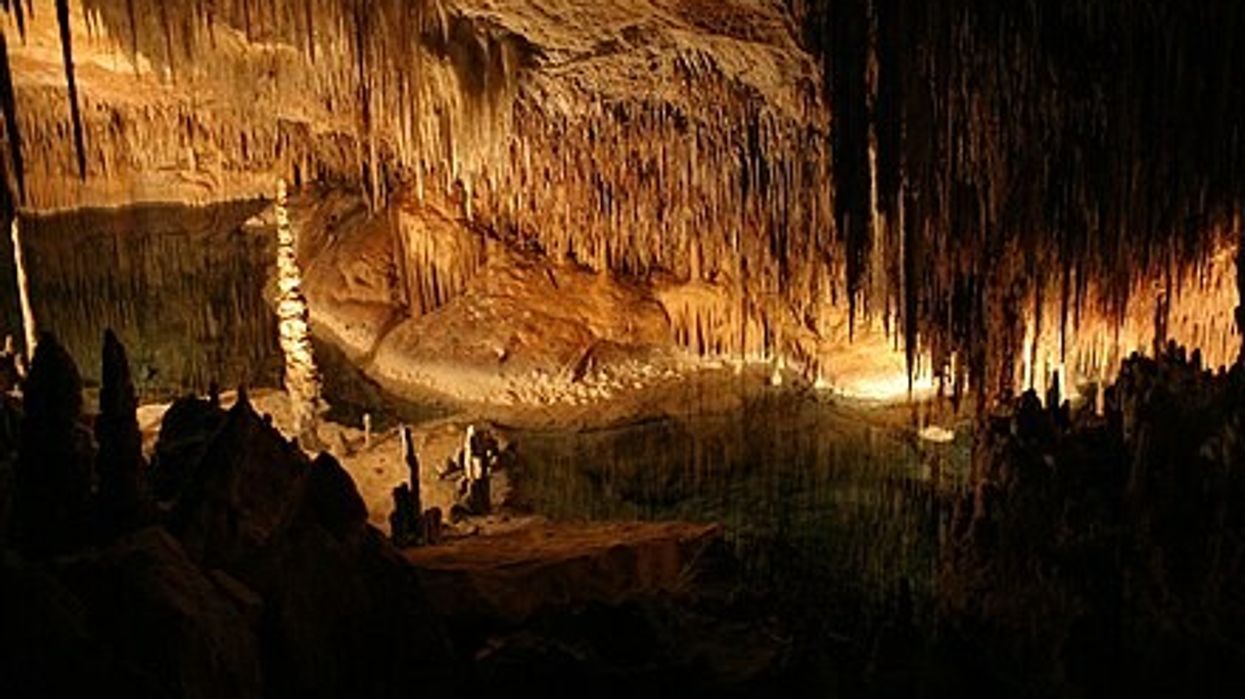
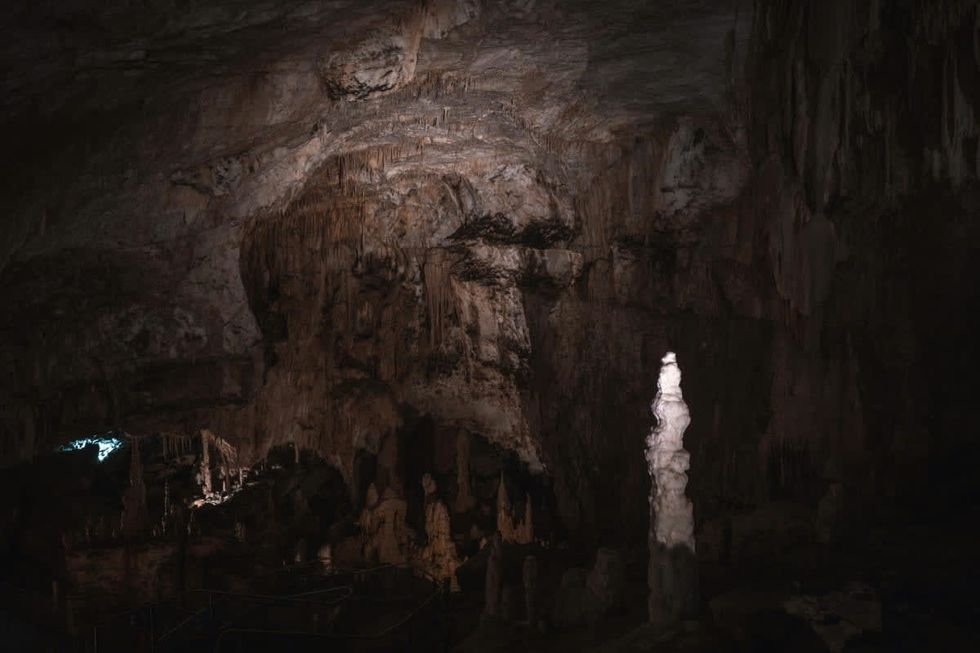 In the depths...Pexels | francesco ungaro
In the depths...Pexels | francesco ungaro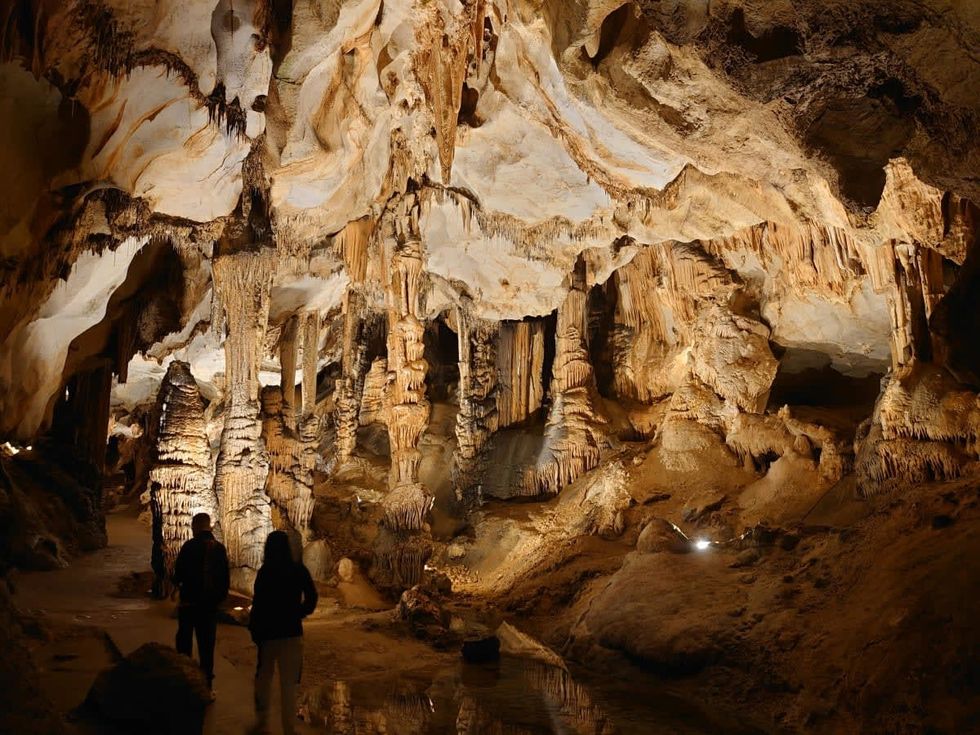 Hope the lights stay on. Pexels | parfait fongang
Hope the lights stay on. Pexels | parfait fongang "That was beyond crazy..." YouTube |
"That was beyond crazy..." YouTube |  "This is the stuff of my nightmares..."YouTube |
"This is the stuff of my nightmares..."YouTube |  "Totally blown away..." YouTube |
"Totally blown away..." YouTube | 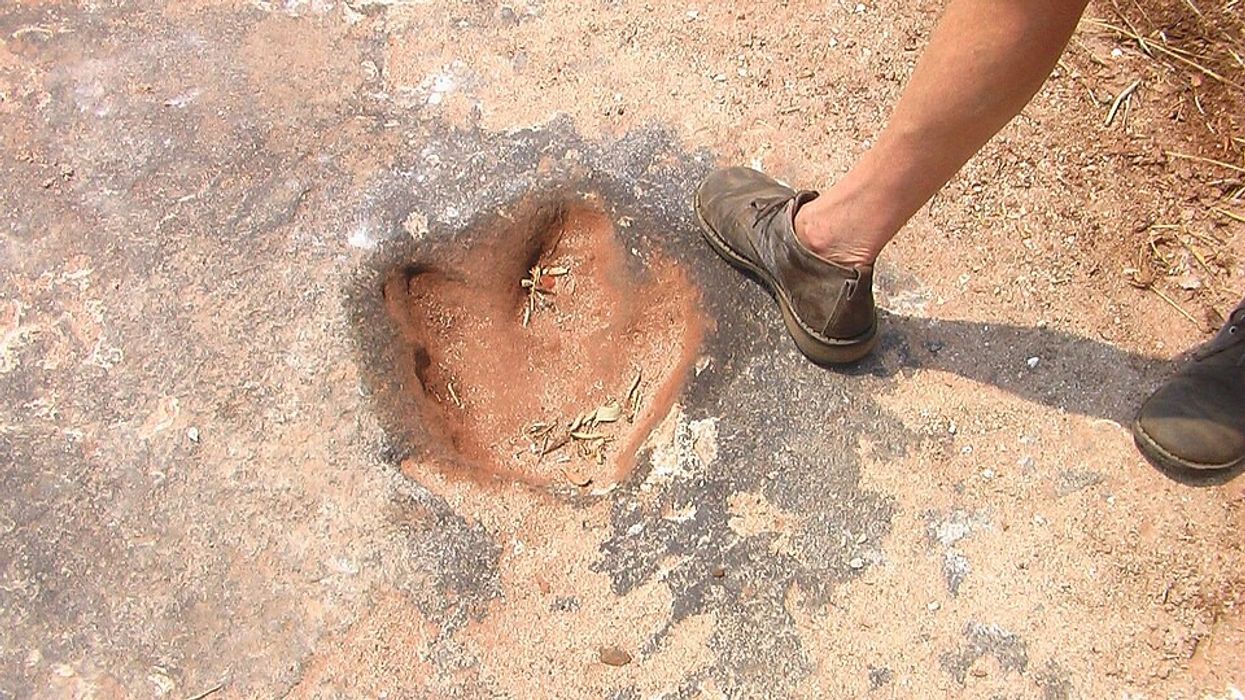
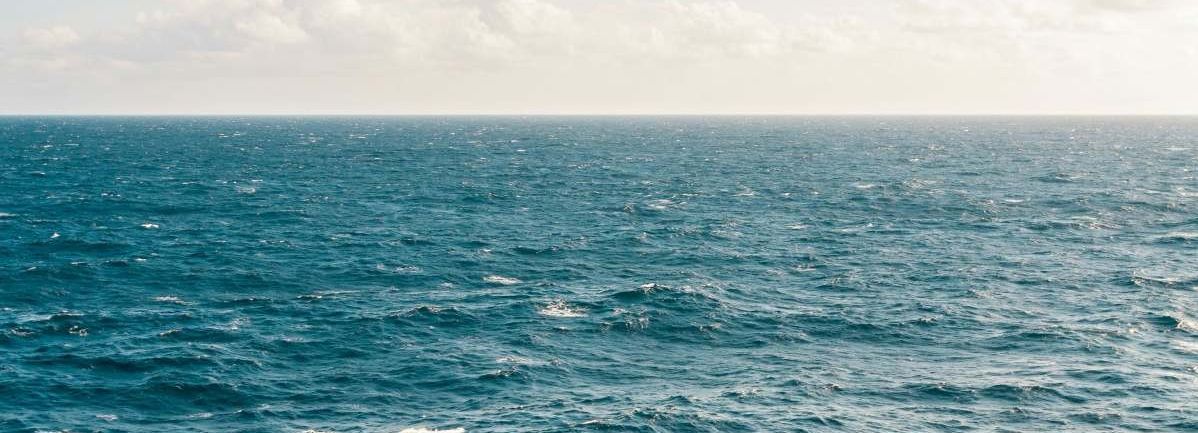 A representative Image of The Atlantic Ocean. Source: Pexels | Kellie Churchman
A representative Image of The Atlantic Ocean. Source: Pexels | Kellie Churchman Representative Image Source: Painting from a series by Ernest Untermann in the museum at Dinosaur National Monument, Utah.
Representative Image Source: Painting from a series by Ernest Untermann in the museum at Dinosaur National Monument, Utah.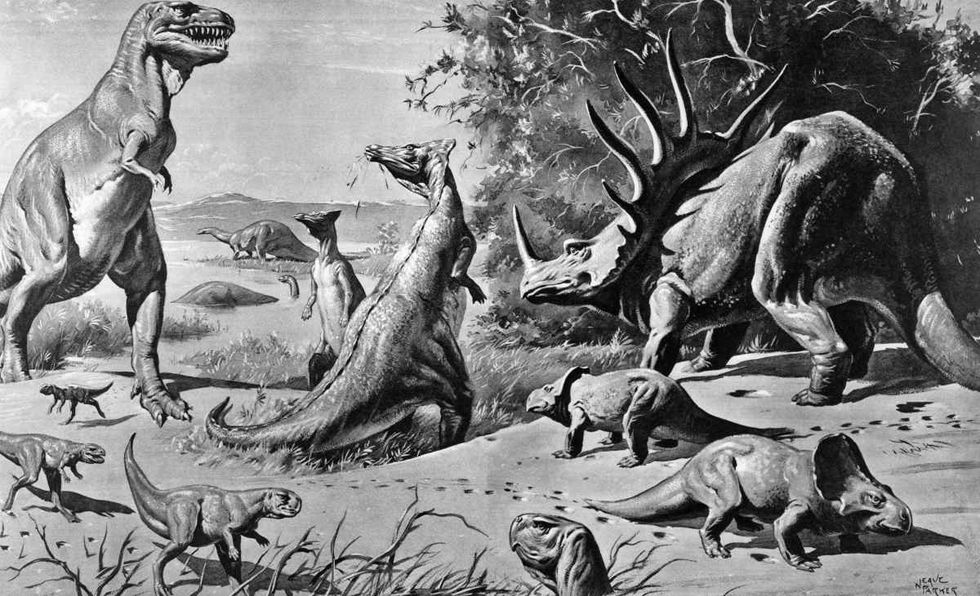 Representative Image Source: VARIOUS DINOSAURS IN GOBI DESERT. Photo by H. Armstrong Roberts/ClassicStock/Getty Images
Representative Image Source: VARIOUS DINOSAURS IN GOBI DESERT. Photo by H. Armstrong Roberts/ClassicStock/Getty Images
President Donald J. Trump and photo of a forest.
Public united and adamantly opposes Trump’s plan to roll back the Roadless Rule
There doesn't seem to be much agreement happening in the U.S. right now. Differing moral belief systems, economic disparity, and political divide have made a country with so many positives sometimes feel a little lost. Everyone desperately seeks a niche, a connection, or a strong sense of community to which they can feel a "part of," rather than just "apart."
But there seems to be one thing that the country strongly unites over, and that's the "Roadless Rule." With the Trump Administration attempting to roll back conservation policies that protect U.S. National Forests, Americans are saying in harmony an emphatic "No." A nonpartisan conservation and advocacy organization, the Center for Western Priorities, reviewed a comment analysis on the subject. After receiving 223,862 submissions, a staggering 99 percent are opposed to the president's plan of repeal.
What is the 'Roadless Rule' policy implemented in 2001?
The Roadless Rule has a direct impact on nearly 60 million acres of national forests and grasslands. According to the U.S. Department of Agriculture, the rule prohibits road construction and timber harvests. Enacted in 2001, it is a conservation rule that protects some of the least developed portions of our forests. It's considered to be one of the most important conservation wins in U.S. history.
America's national forests and grasslands are diverse ecosystems, timeless landscapes, and living treasures. They sustain the country with clean water and the wood products necessary to build our communities. The National Parks protected under their umbrella offer incredible recreational retreats and outdoor adventure.
Why does the administration want to roll it back?
U.S. Secretary of Agriculture Brooke L. Rollins told the Department of Agriculture in a 2025 press release, “We are one step closer to common sense management of our national forest lands. Today marks a critical step forward in President Trump’s commitment to restoring local decision-making to federal land managers to empower them to do what’s necessary to protect America’s forests and communities from devastating destruction from fires." Rollins continued, “This administration is dedicated to removing burdensome, outdated, one-size-fits-all regulations that not only put people and livelihoods at risk but also stifle economic growth in rural America. It is vital that we properly manage our federal lands to create healthy, resilient, and productive forests for generations to come. We look forward to hearing directly from the people and communities we serve as we work together to implement productive and commonsense policy for forest land management.”
Forest Service Chief Tom Schultz explained the Roadless Rule frustrated land management and acts as a challenging barrier to action. It prohibits road construction needed to navigate wildfire suppression and properly maintain the forest. Schultz said, “The forests we know today are not the same as the forests of 2001. They are dangerously overstocked and increasingly threatened by drought, mortality, insect-borne disease, and wildfire. It’s time to return land management decisions where they belong – with local Forest Service experts who best understand their forests and communities."
Why are people adamantly opposed to the proposed rollback?
A 2025 article in Earthjustice, a nonprofit environmental law organization, expressed its concern over the protection of national forests covering 36 states and Puerto Rico. A rescinded rule allows increased logging, extractive development, and oil and gas drilling in previously undisturbed backcountry. Here is what some community leaders had to say about it:
President Gloria Burns, Ketchikan Indian Community, said, "You cannot separate us from the land. We depend on Congress to update the outdated and predatory, antiquated laws that allow other countries and outside sources to extract our resource wealth. This is an attack on Tribes and our people who depend on the land to eat. The federal government must act and provide us the safeguards we need or leave our home roadless. We are not willing to risk the destruction of our homelands when no effort has been made to ensure our future is the one our ancestors envisioned for us. Without our lungs (the Tongass) we cannot breathe life into our future generations.”
Linda Behnken, executive director of the Alaska Longline Fishermen’s Association, stated, "Roadbuilding damaged salmon streams in the past — with 240 miles of salmon habitat still blocked by failed road culverts. The Roadless Rule protects our fishing economy and more than 10,000 jobs provided by commercial fishing in Southeast Alaska.”
The Sierra Club's Forest Campaign Manager Alex Craven seemed quite upset, saying, "The Forest Service followed sound science, economic common sense, and overwhelming public support when they adopted such an important and visionary policy more than 20 years ago. Donald Trump is making it crystal clear he is willing to pollute our clean air and drinking water, destroy prized habitat for species, and even increase the risk of devastating wildfires, if it means padding the bottom lines of timber and mining companies.”
The 2025 recession proposal would apply to nearly 45 million acres of the national forests. With so many people writing in opposition to the consensus, the public has determined they don't want it to happen.
Tongass National Forest is at the center of the Trump administration's intention to roll back the 2001 Roadless Rule. You can watch an Alaska Nature Documentary about the wild salmon of Tongass National Forrest here:
- YouTube www.youtube.com
The simple truth is we elect our public officials to make decisions. The hope is they do this for all of our well-being, although often it seems they do not. Even though we don't have much power to control what government officials do, voicing our opinions strongly enough often forces them to alter their present course of action. With a unanimous public voice saying, "No!" maybe this time they will course correct as the public wishes.